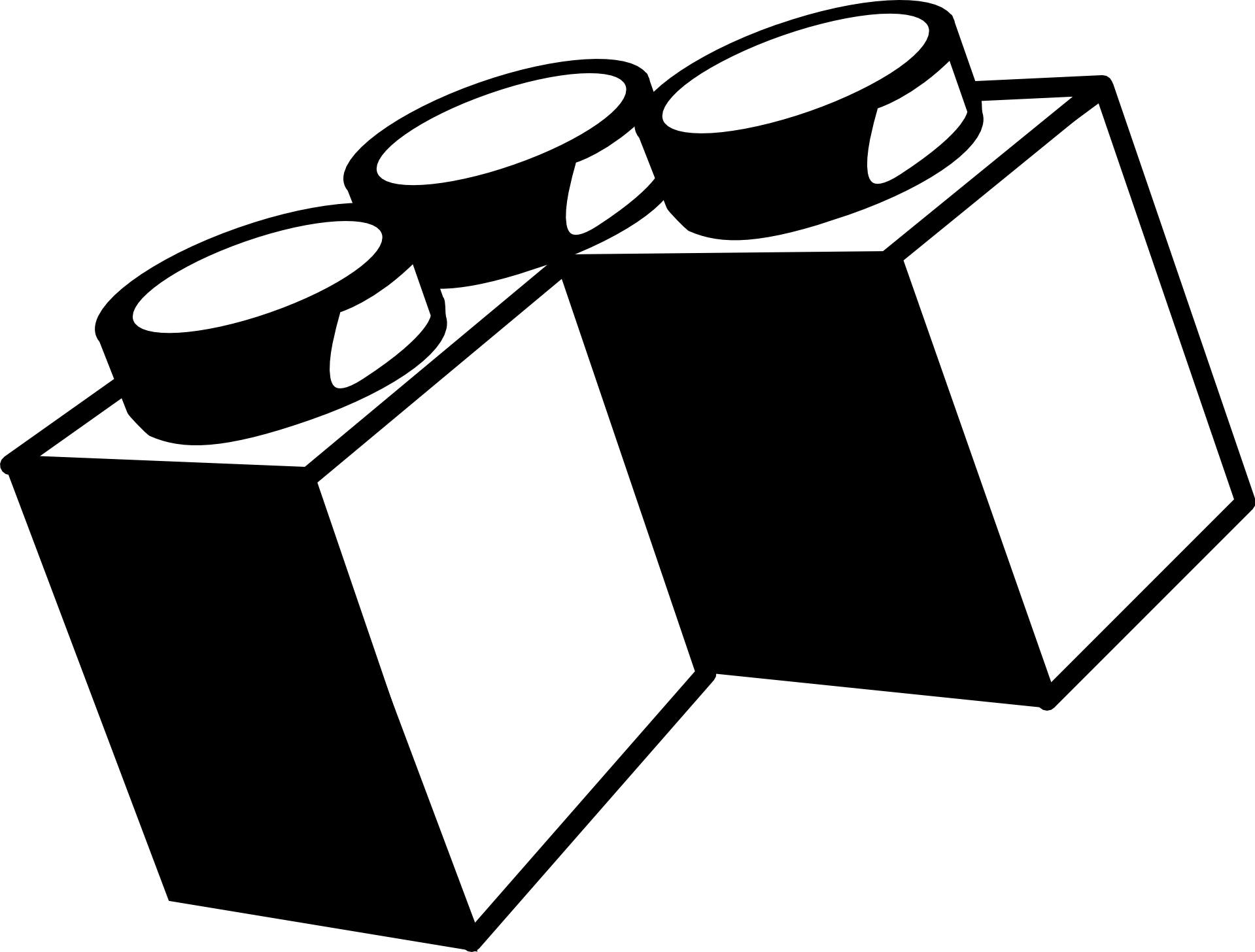When purchasing raw materials from any supplier, it is mandatory to transport them using a container. The use of a container ensures standardized and efficient transportation for the raw materials, maintaining their quality and facilitating logistical operations. Each container can be utilized for transporting goods from only one supplier per trip. It is important to note that combining materials from multiple suppliers in a single container is not allowed. This practice ensures the proper tracking, management, and delivery of goods, maintaining clarity and efficiency in the supply chain. | ||||||||||||
The costs associated with container transport vary based on the distance to the suppliers. The pricing structure is as follows: For local transport: 10 pleuro To explore the suppliers and their corresponding locations, please refer to the following link. | ||||||||||||
| For the distribution of the finished products, transport assets are available for every factory at the beginning of the game. | ||||||||||||
Distribution involves varying costs for each trip, including fuel expenses and maintenance costs due to wear and tear. The total costs depend on the type of asset used for distribution and the distance to the customer. It is important to note that the price will never exceed the cost for the customer located farthest away. Please refer to the table below for the pricing per asset, per distance.
Note: To explore the customers and their corresponding locations, please refer to the following link, and see the detailed location per customer. | ||||||||||||
Keep in mind: You must create a distribution planning, including the total calculated costs. | ||||||||||||
| Containers are exclusively reserved for transporting the bulk quantities of raw materials from the suppliers and cannot be used for distribution purposes. Other transportation methods must be used to deliver finished products to customers. | ||||||||||||
| In order to effectively manage and store the inventory of raw materials, semi-finished goods, and finished goods, your company requires warehouse assets. These assets provide the necessary infrastructure and space for organizing and storing the various items in your inventory. To explore the available warehouse assets, please refer to the following link. This will help you make use of the appropriate assets that align with your storage requirements and operational needs. | ||||||||||||
| To initiate and sustain the process of transport, warehousing and distribution, it is essential to have adequately trained employees. These individuals play a crucial role in ensuring the smooth operation of these activities. The cost associated with employing and maintaining these skilled workers is 50 pleuro per week. This amount covers their wages, benefits, training, and other expenses related to their employment. In the game, this cost is invoiced by the employment agency every 4 weeks. | ||||||||||||
| The valuation of the stock of raw materials and semi-finished products is based on the average purchase price of the different suppliers. This means that the value of the stock is assessed against the average price at which these materials were purchased. | ||||||||||||
| The value of the stock of finished goods is determined by valuing it at 200% of the average purchase price of the raw materials used in their production. This valuation method reflects the added value and transformation that occurs during the manufacturing process. | ||||||||||||
| The final calculations for the value of the stock will be conducted at the conclusion of each round. This process ensures an accurate assessment of the inventory value based on the specified valuation methods and enables financial overviews accordingly. |
In partnership with Breda University of Applied Sciences
